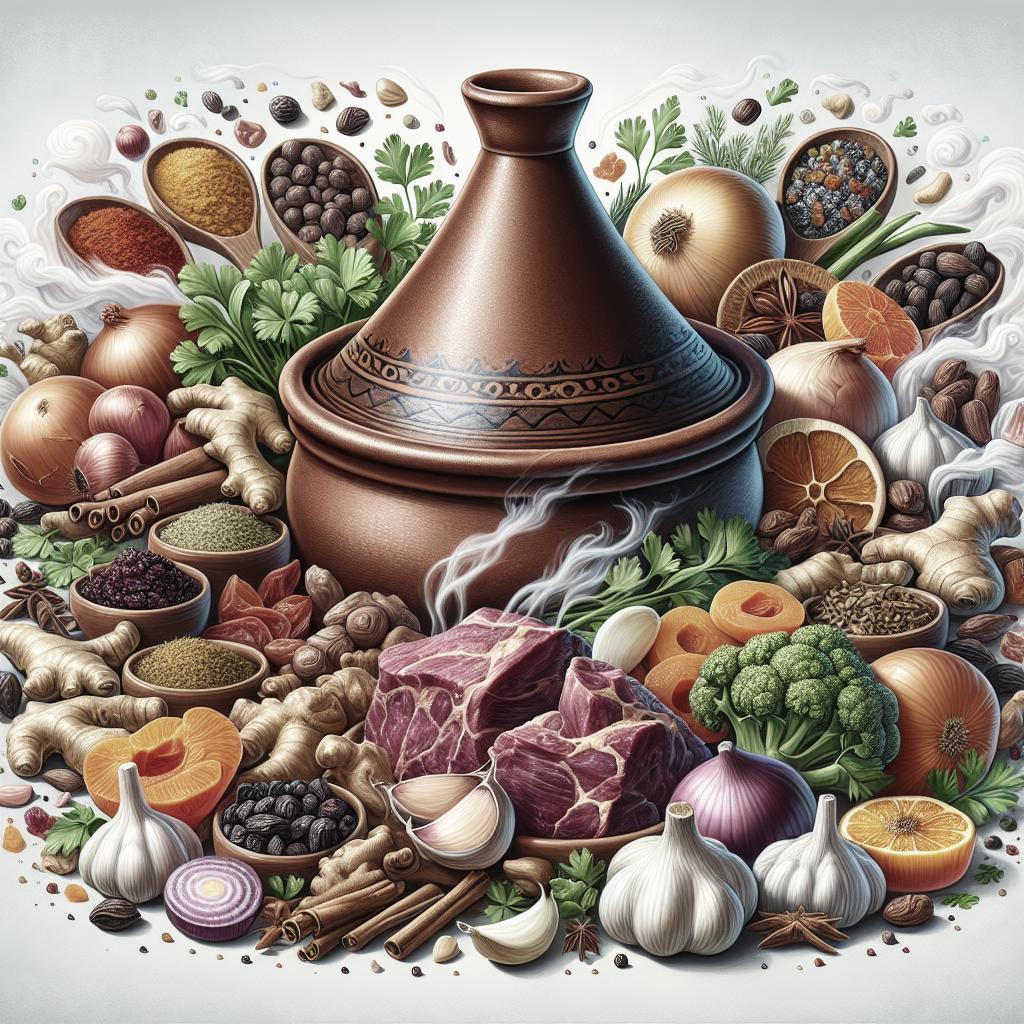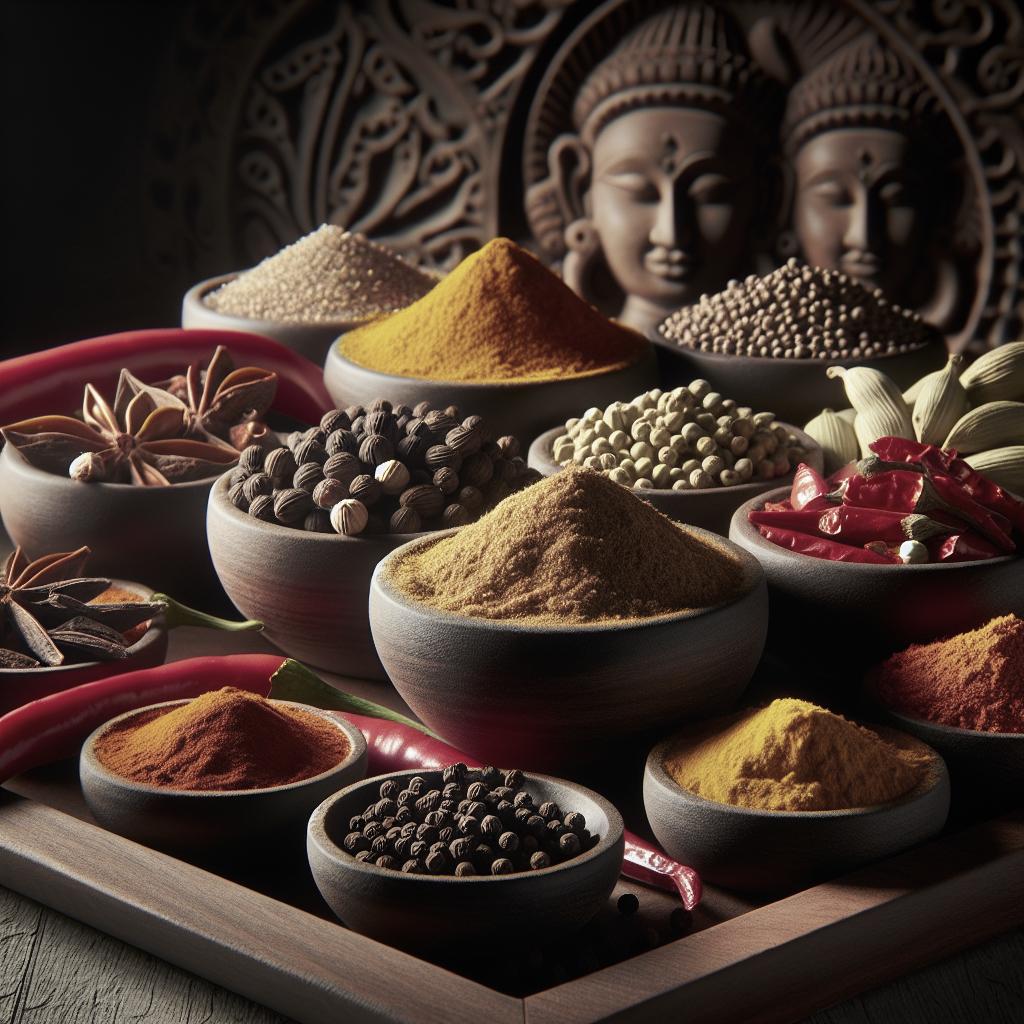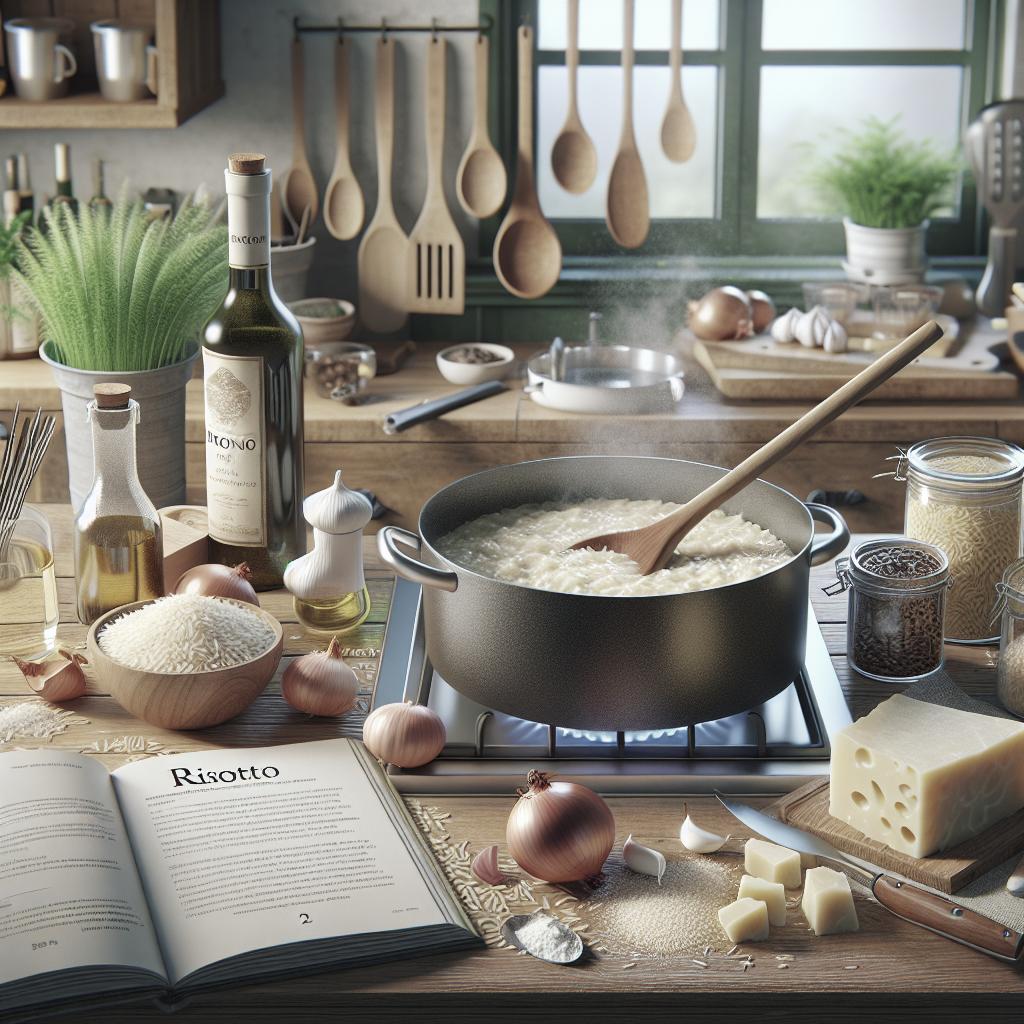“`html
Exploring the Flavors in Moroccan Tagine
Moroccan tagine is a feast for the senses. Its vibrant flavors and enticing aromas are a hallmark of North African cuisine, beautifully combining spices with tender meats or hearty vegetables. Central to tagine is the intricate blend of spices, which include cumin, coriander, turmeric, and cinnamon among others; each working in harmony to create a rich and aromatic concoction. As we dive into the realm of Moroccan chicken tagine, we’ll explore the essential ingredients needed for its preparation, the step-by-step process to create this flavorful dish, and recommendations for what to pair it with. This article also includes nutritional information, provides alternatives, and invites readers to share their own variations. Plus, you’ll find related recipes to expand your culinary adventures!
Moroccan Chicken Tagine
Moroccan Chicken Tagine is one of the quintessential dishes that define Moroccan cuisine, celebrated for its bold flavors and comforting textures. Cooked in a traditionally earthenware pot, the tagine dish enhances the heat and blends the spices more thoroughly, resulting in a rich and savory flavor profile.
The chicken tagine often features a savory mix of spices such as ginger, turmeric, and saffron, combined with sweetness from dried fruits like apricots or raisins, finished with a touch of acid from preserved lemons or olives. This harmonious blend of sweet, savory, and acidic flavors makes Moroccan chicken tagine an unforgettable experience for the taste buds.
What you’ll need To Make Chicken Tagine
Ingredients
The beauty of Moroccan chicken tagine lies in its simplicity and the use of everyday ingredients that, when combined, offer extraordinary depth of flavor. Key ingredients typically include fresh chicken pieces, onions, garlic, and a vibrant mix of spices such as cumin, coriander, turmeric, and cinnamon. Adding a depth of flavor are preservatives like olives and preserved lemons, known for their sour tang.
Complementing these are the fruits that bring sweetness to the dish. Dried apricots, prunes, or raisins counterbalance the spices with their natural sugars, while herbs like cilantro and parsley add freshness. Nuts such as almonds can also be incorporated for an added crunch and a touch of luxury.
How To Make Chicken Tagine
Instructions
To begin, season the chicken pieces with salt, pepper, and a generous amount of spices like cumin, coriander, turmeric, and cinnamon. Sear the chicken in olive oil until golden brown and remove to a plate. In the same pot, sauté onions and garlic until they are translucent, then mix with additional spices to toast their fragrances.
Return the chicken to the pot, and add preserved lemons, olives, and a handful of dried fruits. Pour enough chicken stock to partially submerge the chicken and cover the pot. Let it simmer gently until the chicken is tender and the sauce has thickened, infusing the chicken with the delightful blend of spices and frenetic Moroccan flavor.
Pair with
Moroccan chicken tagine pairs beautifully with light and fluffy couscous, which absorbs the rich sauce and provides a perfect contrast to the tender chicken. Alternatively, serve it with flatbread or steamed rice to soak up the aromatic juices.
A refreshing side salad of cucumber, tomato, and red onion dressed with a lemon vinaigrette also complements the warmth of the dish, providing balance with acidity and crispness.
Nutrition Information
Rich in protein and bursting with flavors, Moroccan chicken tagine is a nutritious option for those looking to enjoy a wholesome meal. Depending on the recipe adjustments, a serving of tagine typically contains around 400-500 calories, packed with protein and healthy fats from the olive oil and nuts.
For a healthier variation, consider using skinless chicken parts to reduce saturated fat content and load the dish with extra vegetables for fiber. Make sure to balance the dried fruits to manage sugar intake. Serving size and ingredients can be adjusted to meet specific dietary needs.
Did you make this recipe?
We would love to hear from you! Did you make this Moroccan chicken tagine recipe? Let us know how it turned out. Feel free to share your own adjustments or secret ingredient that made your tagine a family favorite. Engage with our community of food enthusiasts and celebrate Moroccan culinary artistry together!
You may also like
See more recipes
If Moroccan chicken tagine has piqued your interest, try exploring other tagine variations including beef and lamb options, which offer distinct flavor profiles. Vegetarian tagines, using a variety of seasonal vegetables, are equally fragrant and satisfying.
For a broader culinary journey, delve into other Moroccan dishes such as harira soup, couscous royal, or the sweet pastries like baklava or chebakia for a taste of Morocco’s rich dessert tradition.
Comments
We welcome your comments and suggestions. Share your thoughts on this recipe or any culinary experiences from Morocco that you cherish. Your insights inspire others in their gastronomic adventures.
Add a Comment Cancel reply
Found this article helpful or have a tip to share? Leave a comment below. Please keep comments respectful and let’s build a positive community together. We can’t wait to hear from you!
Future Prospects
| Section | Contents |
|---|---|
| Introduction | Overview of Moroccan tagine flavors, focusing on chicken tagine |
| Moroccan Chicken Tagine | Description of the dish and its significance in Moroccan cuisine |
| What you’ll need To Make Chicken Tagine | Ingredients required to prepare the dish |
| How To Make Chicken Tagine | Step-by-step guide to making chicken tagine, pairing suggestions, nutrition |
| Did you make this recipe? | Invitation for readers to share their experiences |
| You may also like | Related recipes and suggestions for further exploration of Moroccan cuisine |
| Comments | Invitation for feedback and interaction with readers |
“`


